3 Proven Ways to Remove a Tick
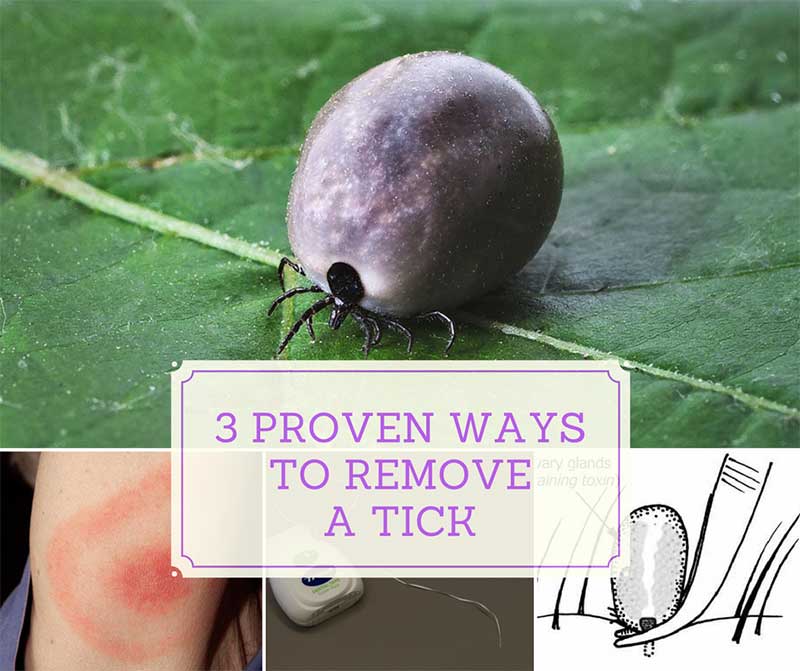
Spring and summer bring the ticks out in full force. Everyone has a special trick for removing a tick, but many of the home remedies you read can make the situation worse. If you try to suffocate the tick with petroleum jelly or hold a match to it, there is a chance it will try to burrow deeper into your skin.
Instead of trying these wild methods, the best way to remove a tick is to pull it off. Avoid any method that requires the time to detach itself. Your goal is to get the tick off as quickly as possible. There are several methods you can try. We are going to look at them all.
Use Tweezers
A common tick removal method is to use a pair of tweezers. Everyone has tweezers, so it is a great choice. Fine tip tweezers are better than blunt ones, allowing you to grasp the tick tightly. Here are the steps to follow.
Look for the Head: The mouth of the tick attaches to your skin. The rest of the body is typically detached, resting above the surface.
Grab Close to the Skin: If you pull the rear of the tick, you might cut the tick in half, leaving the head in the skin. Grabbing the body also causes the tick to inject saliva or blood into your skin. That could lead to transmitting diseases that might make you sick. Use the tweezers to grab the tick as close to your skin as possible.
Pull Firmly Outward: The tick will release your skin. You don’t want to twist, jerk or try to wiggle the tick off of your skin. Firmly pull outwards. If the head of the tick stays attached, attempt to remove them with the tweezers. If that doesn’t work, you can see if your body will heal naturally, but watch for any signs of infection.
Wash: Now, wash your skin with warm water and soap. Other options include rubbing alcohol, hydrogen peroxide, and iodine.
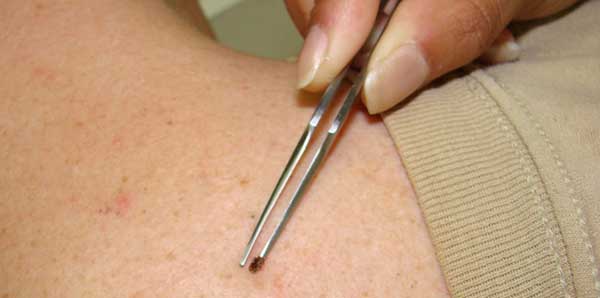
Use Floss
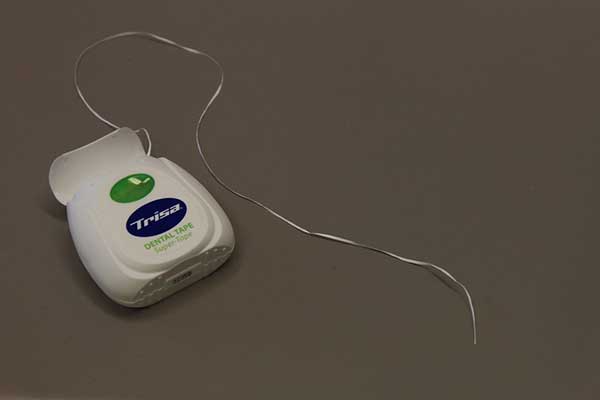
If you don’t have tweezers, try a piece of floss to remove the tick!
Cut the Floss: The best results come from a thin, unwaxed piece of floss.
Loop around Tick: Now, loop the floss or string around the tick’s head. You want it as close to the skin as possible. Now, tighten the loop around the tick, using both hands to keep it taut.
Pull: Now, using both hands, pull the ends of the floss upwards in a slow, steady motion. Doing so causes the tick to release the skin from its mouth.
Wash Up: like before, wash your skin with warm water and soap, rubbing alcohol, hydrogen peroxide, or iodine.
Try a Credit Card
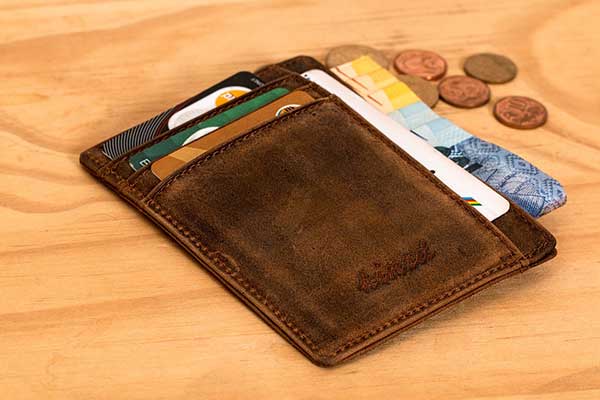
Another method is to use a credit, but it has to be a credit card that is older. You need to cut a small V-shape into the edge of the edge. You want t to be large enough that the head of the tick is trapped, but not so big that the tick will slip through the V.
Cut the Card: First, cut that small V into the credit card. This is how you will trap the tick.
Slide the Credit Card: Next, slide the credit card next to the tick’s head. Align the V with the tick’s neck. Make sure that you hold the back of the tick is place firmly.
Remove the Tick: Now, slide the credit card along with skin and under the head. The tick should detach and come out whole.
Wash: This step is standard! Always remember to wash and clean the area, along with your hands.
Things to Remember about Removing a Tick
Ticks are tough to kill. You want to make sure that you dispose of it properly. One way is to soak it in rubbing alcohol or flush it down the toilet. Doing so ensures it won’t attach to anyone else. Don’t try to squeeze the tick to kill it.
Ticks are carriers of Lyme disease. Typical symptoms of Lyme include fever, headache, fatigue, and a skin rash. When not treated, an infection can spread to your joints, heart and nervous system.
If your area has cases of Lyme, you might want to save the tick for testing. If you notice an infection or bullseye developing around the area where the tick attached, doctors can test the tick to see if it was a carrier. Put the tick in a plastic food storage bag and then into the freezer. Your doctor can direct you to a lab for testing.
Watch for Signs
Ticks carry diseases, so you must be observant of the area for at least a week. In most cases, you will be fine. However, there are other tick-borne illnesses aside from Lyme disease, such as Babesiosis, Rocky Mountain spotted fever, Colorado tick fever, Tularemia and Q Fever. Your symptoms can help your doctor diagnosis you correctly.
- A fever and chills are a common symptom.
- Headaches
- Muscle aches
- Bullseye rash
- Any rash
What About Removing Ticks from Animals?
It is as important that you remove ticks from your animals. Animals can get sick from a tick, so promptly remove them. Their hair does make the removal process trickier. It is easier if you have someone with you to keep your animal occupied and calm.
The easiest method is to remove the tick with a pair of tweezers, just like listed above. Remember not to the grab the whole body. Instead, grab the head and pull outwards. If the head stays in your animal’s skin, make sure you contact the vet to ask what you should do.
Removing a Tick
While your grandma and friends might have tricks to removing a tick, stick with the proven methods. Seeing a tick on your skin isn’t the time to try a home remedy or to determine if an essential oil causes the tick to detach. Instead, grab your nearest pair of scissors and pull outwards!
 Home and Gardening Ideas At home and Gardening ideas we believe inspiring readers about homesteading, self sufficiency
Home and Gardening Ideas At home and Gardening ideas we believe inspiring readers about homesteading, self sufficiency
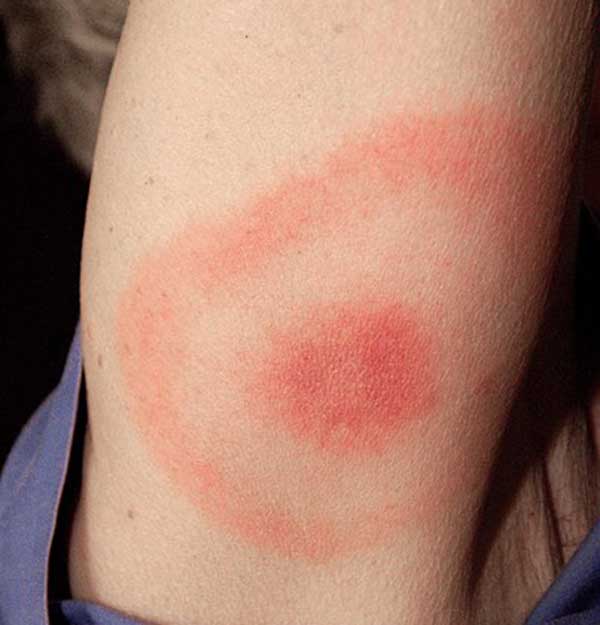






One comment
Pingback: The Correct Way To Remove A tick